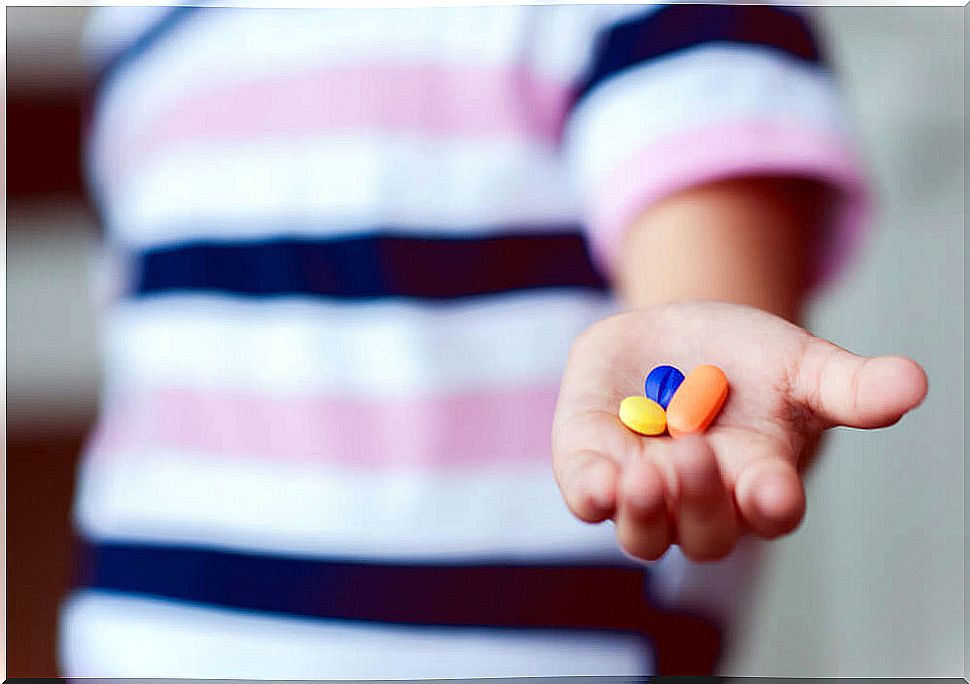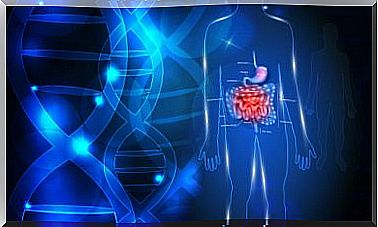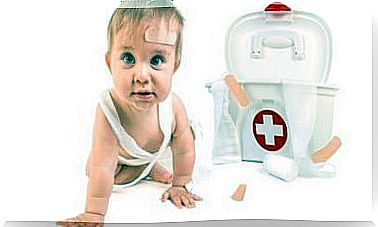Use Of Probiotics In Children

The use of probiotics in children is increasingly widespread. We often hear about them, but what exactly are probiotics? These are live microorganisms that have a beneficial effect on health when ingested in the right amount.
They are, therefore, organisms external to the individual. They generally require very high amounts of cells per dose to exert a noticeable effect.
The main characteristics that probiotics must meet are the following:
- Absence of virulence.
- Capacity of:
- Resistance to passage through the upper reaches of the digestive tract.
- Adherence to the intestinal epithelium.
- Colonization.
- Existence of clinical trials in humans that certify its properties.
The most used probiotics are:
- Yeasts : Saccharomyces cerevisiae.
- Bacteria :
- Lactobacillus.
- Streptococcus.
- Enterococcus.
- Pediococcus.
- Bifidobacterium.
- Propionibacterium.
- Bacillus.
- Escherichia.

The benefits of each probiotic depend on the specific strain used and also on the dosage. This means that each one must be studied individually and, therefore, the benefits of one cannot be extrapolated to others.
Difference between probiotic and prebiotic
As these are terms that are often confused, they should be clarified. We have said that a probiotic is a living microorganism that exerts a beneficial effect on health. However, prebiotics are not living microorganisms.
Prebiotics are substances in the diet that nourish selected groups of microorganisms that inhabit our intestines. Thus, they favor the growth of beneficial bacteria over harmful ones.
Therefore, prebiotics play a beneficial role for health in an indirect way. They cause specific changes in the composition or activity of the gastrointestinal flora. For example, breast milk contains large amounts of prebiotics (oligosaccharides).
There are also products that contain both probiotics and prebiotics. They are the so-called symbiotics. They are, in short, nutritional supplements that combine bacteria and sugars in such a way that they obtain the beneficial effects of both.
What are probiotics used for in children?
The most common pathologies for which probiotics are usually recommended in children are:
- Acute viral diarrhea.
- Infant colic.
- Infection by Helicobacter pylori.
- Gastrointestinal functional disorders linked to abdominal pain.
- Inflammatory bowel disease
- Diarrhea associated with antibiotics.
- Functional gastrointestinal disorders of the infant.
- Nosocomial diarrhea.
- Inflammatory bowel disease: pouchitis.
- Necrotizing enterocolitis.
Probiotics have been shown to be effective in treating acute viral gastroenteritis in children. In the face of acute viral diarrhea, it is recommended to use probiotics as an adjunct to rehydration solutions.
Another case in which probiotics have been shown to be especially effective is in the prevention of antibiotic-associated diarrhea. Of course, prevention and not treatment.
Often times when a mom goes to the pharmacy to get an antibiotic for her child, it is recommended that she take a probiotic with her. And it is not just a marketing tool . There is strong evidence of its effectiveness.
Probiotics for infant colic
As an example, one of the most analyzed cases is that of infant colic. It has been studied because probiotics can play an important role in its treatment. The most studied probiotic in this case is Lactobacillus reuteri.
There are studies that show a reduction in the average daily crying time by 65 minutes / day compared to placebo. This was seen in a group of breastfed infants after 21 days of treatment.
However, other studies with larger samples have found little difference. Therefore, there is insufficient evidence to recommend its indication in a systematic way. More studies are needed.

Side effects of using probiotics in children
Currently, the use of probiotics in children is considered safe. In fact, there is a small number of complications published in the general population, not only in children.
The risk of developing bacteremia from ingested lactobacilli is less than one in a million users. And, when it occurs, it is because there are associated risk factors, such as immunosuppression.
The risk groups for suffering side effects in a treatment with probiotics are critically ill or highly immunocompromised patients. In them, extreme precautions should be taken if they decide to use probiotics.
However, outside of these exceptions, the use of probiotics is completely safe. We should not worry or be scared for no reason. The commercialized strains are well studied and do not present problems at the indicated doses.
Yes , possible food allergies must be taken into account. This is the case of allergy to cow’s milk proteins and eggs, for example. In these cases, the use of probiotics should be limited to those products that do not contain food allergens, as indicated on the labeling.










